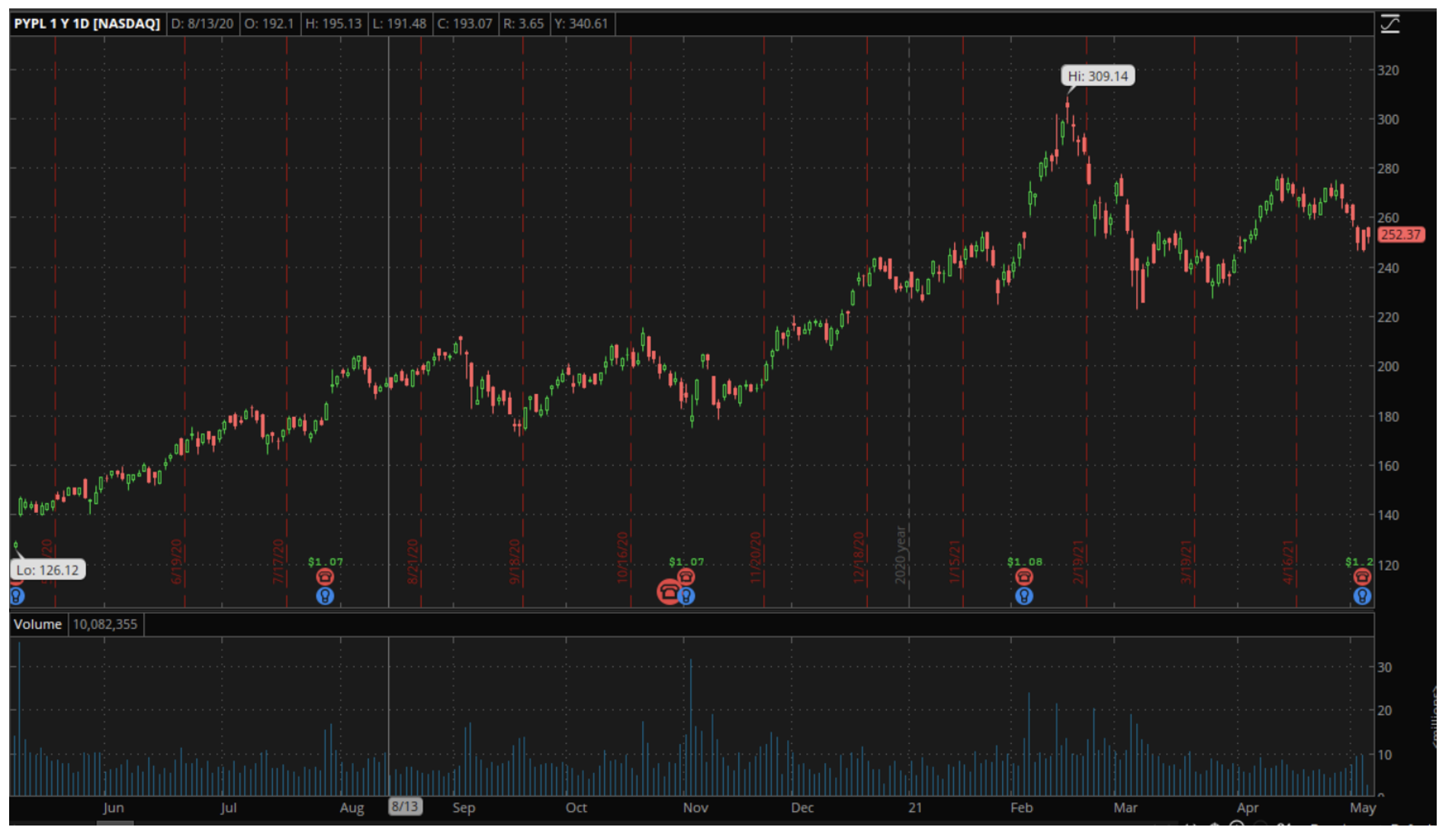Maybe it is because we live in a world of instant gratification, but there is often a feeling among investors that only instant success is valid. If a stock doesn’t show quick gains and/or a business doesn’t immediately show massive growth and great results, it is all too often deemed a failure.
And yet early performance is really no indicator of long-term success. If anything, early gains in a stock usually make a retracement almost certain. The better, more sustainable performance often comes from companies who may have disappointed early but adapted and improved their business model and found success, or those that have battled through hard times until the world caught up to their business model.
PayPal (PYPL), which reported earnings yesterday after the market closed, is an example of both of those things.
Back in 2017, I went so far as to call PayPal a “must-own” stock. That is a rare thing for me to say, but it had become increasingly obvious even then that this was a business that had been way ahead of the times for years, and the times were beginning to catch up. It was a clear leader in digital banking and payments before they were even a thing. Back then, PYPL was trading in the $70s, so I guess the current price of around $250 proves me right. Even that $250, though, represents a significant discount to the stock’s highs of over $300 achieved recently, and yesterday’s earnings suggest that we will regain, or even exceed those highs before too long.

PayPal knocked it out of the park yesterday, with EPS of $1.22 versus a consensus estimate for $1.01, and with beats on revenue, payment volume and new accounts in the mix too. Little wonder, then, that even in this earnings season, where a lot of high-profile stocks have dropped on what looked at first like good numbers, PYPL has opened this morning a couple of percent higher than yesterday’s close. Even so, overall market weakness and that tendency to sell on good news mean that it will probably back those gains. If that happens, I would be a buyer anywhere around $250.
The numbers were good, no doubt, but there are a few underlying factors that make them even more impressive. The first is that they aren’t a flash in the pan.
PayPal has grown revenue and EPS every year since 2015 and has beaten the consensus earnings estimate in each of the last four quarters. That consistent growth proves that they are a company whose time has come. Digital payments aren’t the future anymore, they are happening now.
Of course, that in itself creates an issue. If the world has finally caught up to the vision of PayPal, does that mean that growth is over? Well, this earnings report says not.
A short time ago, PayPal decided that rather than try to fight what looked like its biggest competitor in the digital payments space, cryptocurrency, they would embrace it. They began to offer bitcoin and that has prompted another round of impressive growth. They said yesterday that they intend to continue and expand that, by offering an actual digital wallet rather than just a “buy and hold” service for bitcoin.
Perhaps most importantly for the immediate future, what these earnings did was indicate that the massive growth prompted by the pandemic in online shopping is stickier than some people thought it would be. It prompted a whole new generation of PayPal users that so far seem to have converted and continued to use the service, even as the U.S. economy is approaching towards something resembling normalcy.
Add all that up and you have a company that has shown the ability to operate in a lean enough manner to ride out the time when it was ahead of the game, but also the ability to adapt and grow quickly when its time came. That means that, on this pullback from the highs, it is once again a "must-own."
The views and opinions expressed herein are the views and opinions of the author and do not necessarily reflect those of Nasdaq, Inc.

